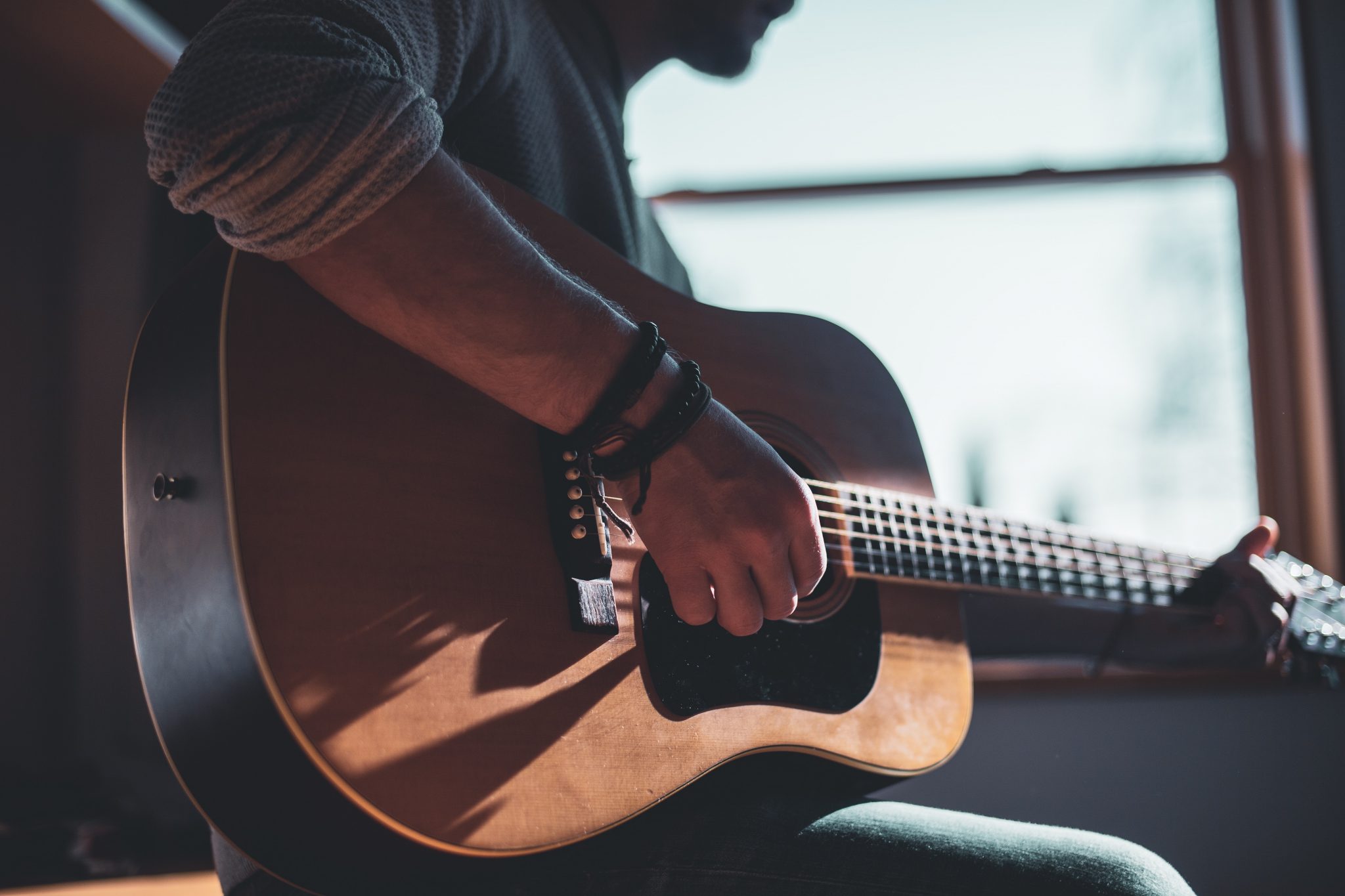Being a music teacher is a good idea if you are passionate about music and willing to share insights with others. Seeing others understand aspects such as song compositions and instrument mastering brings fulfillment, making the profession more rewarding. Teaching music calls for a great understanding of music principles and using the right resources. Here are the essential things you need as you embark on your career as a music teacher.
Sheet Music
The ability to perfectly explain the different musical compositions makes all the difference in your lessons, and this is where sheet music comes in. They allow you to accurately represent the dynamics, timbre, melody, and pitch, among other expressive elements. This gives you a standardized language that your students can use to get all your musical ideas.
You will also not struggle to sharpen the learners’ sight-reading skills and music theories. When acquiring these music notations online, look for credible sites. While you surf the Hsiaoya Music Company website for information, compare the different materials. Evaluate the different original music scores and their quality. Consult with the owner on the specific genre you’re targeting.
Staging Systems
Provide learners with the staging elements, from the lighting to the risers. Guide them on the positioning and movements that make performances remarkable. The use of staging systems is paramount in emphasizing the coordination of ensembles.
As the students understand the secrets to organized performances, they become sharper in teamwork, spatial awareness, and timing. It expounds on the technicalities and fosters professionalism and confidence for budding musicians.
Acoustical Equipment
The speakers, microphones, and soundproofing materials allow the students to get hands-on experience in music creation. Quality acoustic equipment also makes the sound well-distributed, which is handy when teaching music theories and vocal techniques.
It’s also paramount during the ensemble rehearsals, making it easy to reproduce the authentic, rich tones of the musical instruments. This cultivates the learners’ appreciation for sound production and quick transitions between the styles.
Game Props
While music is about talent and passion, it also entails creativity. In your training, nurture this attribute among the learners by introducing game props. It adds dimension to the musical training and empowers them to think beyond. These props often take different forms, from interactive visuals to themed instruments.
For more benefit, develop sound plans on when to use the game props. A good idea is in the middle of the lessons or after a lengthy session, and there is a need for some fun moments to rekindle the energy. They can also help you make the concepts more memorable. For instance, when teaching timing and beats, consider the more rhythm-based games, like flashcards or rhythm dice.
VAE Rehearsal Systems
Rehearsals, being at the core of the lessons, need to be well-planned and customized. It helps the students to feel more immersed in the sessions. The VAE rehearsal systems allow accurate optimization of the environment and simulate different performance spaces. It allows your classes to transcend traditional limitations and introduces you to acoustic settings such as intimate studios and concert halls.
Teaching music skills and knowledge to others is rewarding. The important thing is finding all the means to make your classes efficient and encouraging to the learners. Look for the right resources and strategies to make even the complex concepts seem simple and easy to recall.


